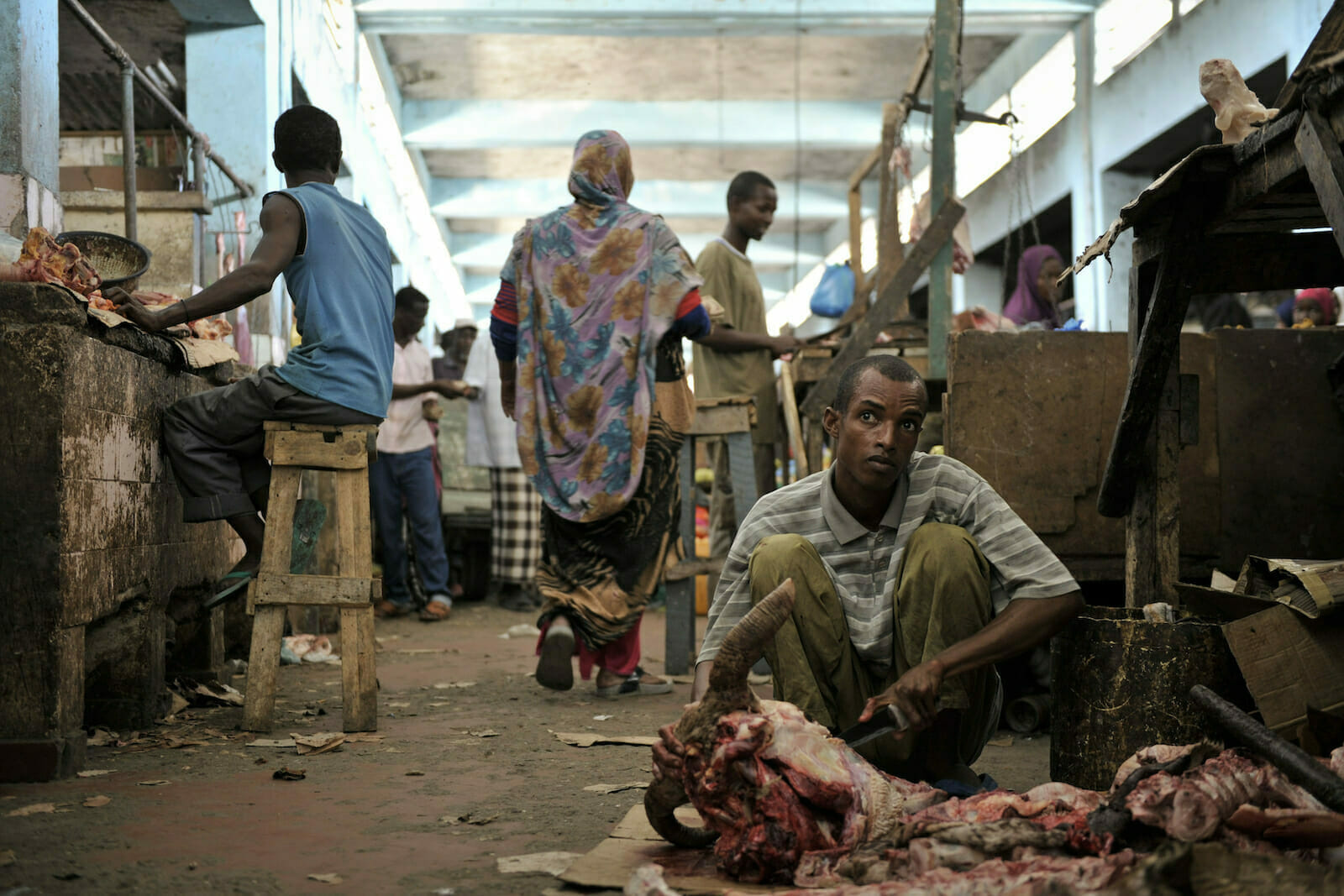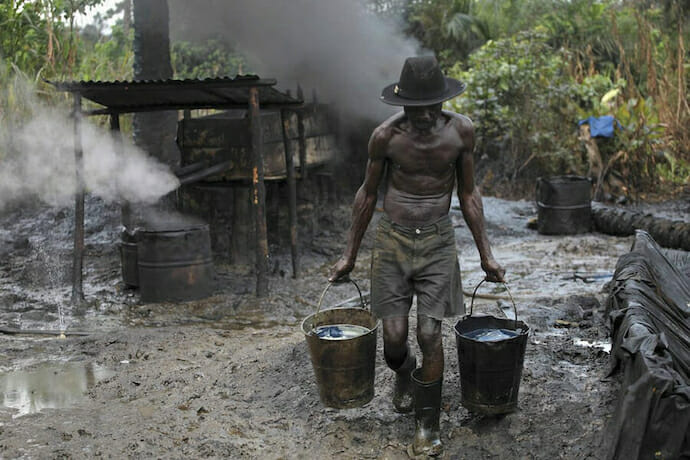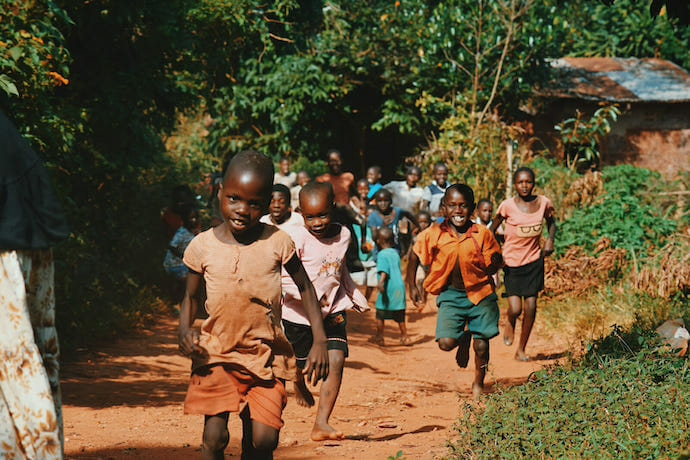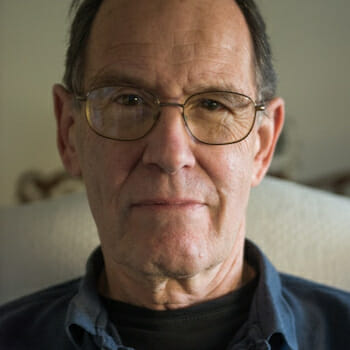
Imperiled Progress: 50 Years of Stagnation for Least Developed Countries
Fifty years ago, the United Nations compiled a list of least developed countries (LDCs). The list is updated each year and, sadly, it hasn’t changed much since 1971. Of the quarter of the world’s nations on the list, almost half of them have been on it since the beginning, with 89% on the list for 30 years or more. This deplorable fact raises the obvious question: Why have so many LDCs lagged when other formerly poor developed countries like South Korea, China, Vietnam, and Malaysia do so well during the same half-century?
Why are Haiti (the only LDC in the Western hemisphere), Niger, Burkina Faso, Chad, Guinea, Lesotho, Malawi, Nepal, and others unable to break out from the LDC list? Is there some indelible insight besides hopelessness hidden in this sad cohort? Interestingly, while the World Bank and other institutions can tell us many things about LDCs, from nutritional levels to miles of paved roads, from literacy to the average time it takes villagers to collect water from a well, they have little to say about why the light at the end of their development tunnels is so dim. Is it a lack of access to trade routes? Poor soil? Climate? Lack of natural resources? Civil strife or ethnic issues? Corruption? Why is Kenya not on the list when its southern neighbor Tanzania is? They are both large with diverse climatic zones, both have abundant coastlines, both have tourist-attracting wildlife. Even culturally and linguistically they are not that dissimilar. Why has Haiti’s fate been so vastly different than that of the Dominican Republic’s which shares the same island?
There are scores of indicators and indices to measure progress, but there is no clear consensus about what the “right” path to development is, even though we know some of the basic ingredients. Clearly, there need to be some basic “sine qua non” physical endowments (arable soil, water, a coastline, a topography that allows for movement – i.e., not vast deserts and impassable mountains). Natural resources like oil can help, but not necessarily – look at Venezuela and Nigeria. And it helps to have a degree of connectivity between people’s economic activities and possible markets – infrastructure like roads, electricity, and communication technologies, as well as institutions like banking that enable exchange. Without these things, forward movement is unlikely. At the same time, just “putting” these connectivity elements in place is not enough.
All of them require maintenance and technical capacity, and that implies functioning systems, the first of which is education. There need also to be other paths through which human energy (creative, entrepreneurial) can flow freely. And stability is crucial. Civil strife, ethnic conflict, political chaos work against growth. Likewise, the lack of the rule of law, unclear property rights, and other structural matters contribute to instability, so these elements must be protected. The state or governing body must have the capacity to nourish and protect the institutions of society. We also know that policies about education, taxation, trade, labor, etc. can help move a country forward or hinder that movement.

But as to how these ingredients are acquired, helped to mature, and above all integrated into a workable whole, here we enter the murky realm of “it depends.” After all, if there was an effective recipe for development, there would be no LDC list. To get the “cooking” right a huge number of variables need to be taken into account. In every system there are informal rules and arrangements that work beneath the surface of the formal ones, hidden arrangements which can enable or disable other attributes, and which can account for unequal incomes, poor health outcomes for some, and chronic poverty. The caste system in India still exists, though officially banned. Apartheid in South Africa still exists, though officially dismembered. And, to complicate matters even more, there is the black-box-like realm of “culture” (people’s attitudes, beliefs, and customs), a layered mess of variables that influence how the development recipe is cooked.
As for how a country gets the dubious distinction of being on the LDC list, the UN uses multiple indicators, and other measurement systems largely corroborate the UN’s ranking, such as the HDI (Human Development Index), and a relatively new alternative, the Boston Consulting Group’s Sustainable Economic Development Assessment (SEDA), which combines measures of well-being and economics, taking into account governance (rule of law, corruption, property rights), infrastructure (water, sanitation, IT, etc.) and civil society (civic activism, intergroup cohesion, trust, gender equality) among many other elements.
One of the oldest (and increasingly controversial) ways of tracking progress is to look at the gross domestic product (GDP). It is telling that a few of the veteran members of the LDC list rank surprisingly high in terms of GDP growth rates (Ethiopia, Cambodia, Bangladesh, Benin, Rwanda, and Tanzania). That a poor country like Ethiopia (on the LDC list for its full fifty years), can be among the world’s fastest-growing economies, reminds us that economic growth is not the same thing as equitable development. A country can look like it’s improving on one dimension when it is decidedly not on many others, usually the ones that mean the most to average people.
Catching up is harder than ever
Perhaps the most important lesson (and the least damning) from the persistent stagnation of the LDCs is that besides the need to acquire and nurture many of the elements noted above, the speed with which the “cooking” process must take place has increased almost exponentially. What might have been enough to get one moving forward 40 years ago, is now barely enough to keep from going backward. As Thomas Friedman recently said in a New York Times op-ed, “it’s harder to be a viable country today.” Globalization and demographics have played a role in making the climb steeper and the road bumpier. People’s expectations have risen due in part to social media and telecommunications advances. People everywhere are less patient and a steady increase in migration is one result.
 As a result, quite a few of the LDCs may now be in a poverty trap, where whatever is tried is too little and too late. According to a 2015 report from the St. Louis Federal Reserve Bank catching up to the advanced developed nations (referred to as “convergence”) won’t happen anytime soon.
As a result, quite a few of the LDCs may now be in a poverty trap, where whatever is tried is too little and too late. According to a 2015 report from the St. Louis Federal Reserve Bank catching up to the advanced developed nations (referred to as “convergence”) won’t happen anytime soon.
“To achieve that speed of convergence today, the developing countries would need to grow about 8 percentage points faster than the U.S. (or about 11 percent per year) nonstop for 40 to 50 years.”
A more recent view of convergence tempers even that dismal timeline. A February paper by the Center for Global Development entitled “The New Era of Unconditional Convergence,” states:
“Whereas Barro and Sala-i- Martin…suggested a rate of catch-up of about two percent every year within advanced economies, and Sachs and Warner…find a similar speed of convergence across open economies, we estimate a much smaller magnitude across all countries since 2000. At this pace, the average developing country will close half the gap between its current and steady-state income in only about 170 years.”
Is there, then, anything that could make a difference?
The perennial answer has been foreign aid. But with the need for speed added to the other complex requirements, it would seem foreign aid can do no more than provide a prop at best, and at worst may even prevent the poorest countries from developing, and this for two reasons. First, dependency, a killer disincentive for self-reliance, and second, the nature of the aid industry, which has for decades focused on helping to deliver a whole host of missing things like water wells, latrines, food, seeds, tools, roads, medical equipment, condoms, etc. rather than on the infinitely more complex task of figuring out how best to enable poor countries to find their own way to development.
In any case, it seems clear that conventional aid has made little more than a dent in the LDCs’ chronic poverty. The LDCs have been huge recipients of foreign aid (in most of them aid comprises half or more of their national budgets), yet they remain on the LDC list.
In a country like Malawi, foreign aid may be the biggest industry; scores of players from the big bilateral agencies like America’s USAID, or Britain’s FCDO (formerly DFID) along with NGOs like Save the Children, World Vision, and Mercy Corps have been operating there for years, teaching farmers “zero-grazing,” providing improved livestock, training midwives, running microfinance projects, drilling water wells, and delivering “capacity building” training workshops at all levels, from government on down to the smallest village. With few exceptions, even the positive results of these efforts don’t last.
A different aid system, smarter, more nimble, more committed to longer and more collegial relationships, prepared to spend much more time sorting through the complexities of culture, social structure, and political economy, more oriented to teaching rather than doing, less about delivering things and more about fostering processes, would surely help. But the prospects for real change in foreign aid are slim. In most donor countries the general public is not interested in the plight of the LDCs, and with mounting crises in the advanced economies, even less so now.
And when they and their congresses, parliaments, and philanthropic sectors do manage to allocate money to development aid, everyone expects “value for money” which means short term measurable results (aka “quick wins”), which in turn lead to the kinds of ineffective projects that have plagued the LDCs for years. As Andrew Natsios, the former head of USAID has put it, “…those development programs that are most precisely and easily measured are the least transformational, and those programs that are most transformational are the least measurable.”
Yet despite this dismal track record, both for LDCs and those who try to help them, governments, foreign policy pundits, and the leaders of the aid industry annually paint optimistic pictures of forward movement for LDCs. But the persistent presence of so many countries on the LDC list, along with the increasing difficulty in catching up, suggests that a sanguine view of LDC progress seems misplaced. Would it not be better now, on this 50th anniversary of the LDC list, to face unblinkingly the reality of their dilemma and our past failure to be of much help? The resulting humility might be the impetus needed for a radical re-thinking of what ails the LDCs and what can be done in the future.
